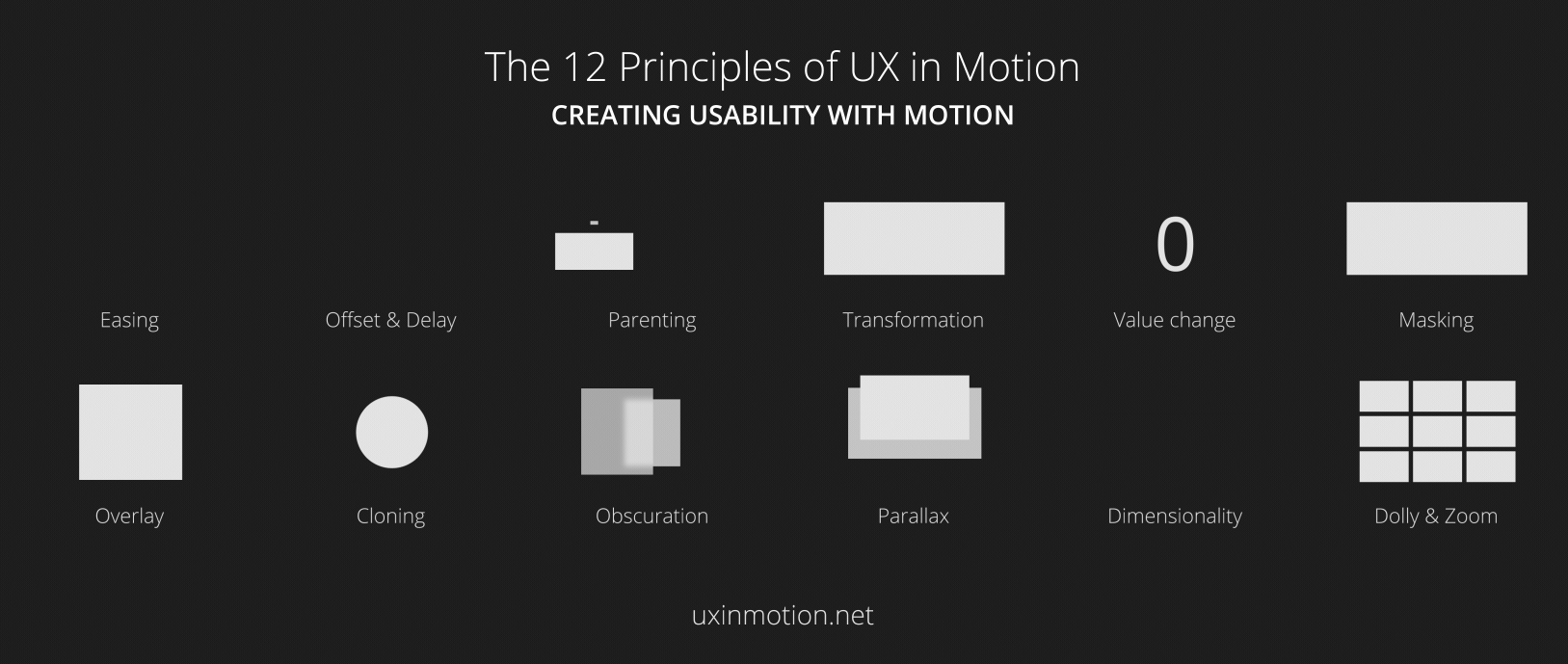Cultural Sensitivity in Design: Why It Matters and How to Develop It
Practical Tips, Illustrated with Global Brand Examples.

In this era of global digitalization, our design decisions reach far beyond our immediate surroundings. As UI/UX designers, we’re not just designing for local users but for an increasingly diverse global audience. That’s why the importance of cultural sensitivity has never been more prominent.
In this article, we’ll delve into what cultural sensitivity in design is, why it’s crucial, and how you can incorporate it into your design process. Plus, we’ll explore real-life examples from brands you undoubtedly know and use, showcasing how cultural sensitivity enhances user experiences on a global scale.
What is Cultural Sensitivity?
Cultural sensitivity is being aware, understanding, and accepting of the differences and similarities that exist among people with varying cultural backgrounds.
In design, it means creating user interfaces and experiences that respect and acknowledge the user’s cultural background and experiences.
Why Does It Matter?

Enhances User Experience
A culturally sensitive design ensures the product or service is easily understood, relevant, and accessible to users from different cultures. It’s about ‘speaking their language,’ both literally and figuratively.
In a project I worked on for a multilingual e-learning platform, we made sure to incorporate various learning styles that aligned with different cultural norms. For instance, for our users in East Asian countries, where rote learning is more prevalent, we incorporated more repetition and memorization tasks. This improved engagement rates significantly among our East Asian user base.
Build Trust
Users tend to trust and engage with interfaces that acknowledge and respect their cultural norms and expectations. Trust is a key factor in user retention and loyalty.
I was involved in redesigning a financial application for a client. We ensured to represent the various currencies accurately and adhered to local financial norms for each market. For instance, we used the correct date format (DD/MM/YYYY vs. MM/DD/YYYY) based on the region. This attention to detail was appreciated by users and improved their trust in the application.
Expands Market Reach
When you target to a diverse audience, you tap into larger markets and opportunities. Your product becomes accessible and appealing to a wider user base.
I worked on a social media app aimed at a global audience. Initially, we didn’t incorporate right-to-left (RTL) language support, which limited our reach in countries that use languages like Arabic and Hebrew. By introducing RTL support, we were able to make the app accessible to a wider user base and effectively expand our market reach.
How to Develop Cultural Sensitivity in Design?

1. Research and Understand Your Audience
Know who your users are, where they’re from, and what cultural nuances they may have. This might involve user surveys, interviews, or market research. The goal is to understand their values, behaviors, and expectations.
2. Respect Cultural Symbols and Images
Be careful not to misuse cultural symbols and images. Misuse can lead to misunderstandings and might even offend users.
3. Consider Language and Localization
Not all phrases or slang will translate well across languages. Work closely with localization teams to ensure your content is culturally and linguistically appropriate.
4. Test Across Cultures
Once you have a design, test it across different cultures to ensure it’s received as intended. User testing and feedback are crucial to validate your culturally sensitive design.
5. Be Mindful of Color Use
Colors hold different meanings across cultures. For instance, while white is often associated with purity and peace in Western cultures, it symbolizes death and mourning in some Eastern cultures.
How Are Global Brands Incorporating Cultural Sensitivity in Their Design?

Airbnb’s Flexible Design
Airbnb operates in 220+ countries and regions. To cater to this global audience, they adopt a flexible design that adjusts to different languages, regions, and cultural norms. For instance, they provide the option to display prices in local currencies, have culturally diverse images in their marketing materials, and offer a platform interface in over 60 different languages. This strategy helps Airbnb feel local and welcoming to users worldwide.
Facebook’s Reaction Emojis
When Facebook extended its ‘Like’ button to include more reaction emojis, they took a culturally sensitive approach. The company tested these emojis in different markets and made modifications to ensure they were universally understood and culturally appropriate.
Google Search Customizations
Google’s search engine provides results that are relevant to the user’s location and language. For instance, search results for the same keywords can vary for users in the U.S., France, or Japan. This localization helps Google provide more relevant and useful information to users from different cultures.
Amazon’s Festive Customizations
Amazon customizes its interface based on local festivals and holidays. For instance, during Diwali in India, the website features a festive look with banners and offers centered around the festival, making it more relatable and engaging to its Indian audience.
YouTube’s Localization
YouTube adapts its interface based on the location of the user. Aside from providing the option to switch languages, it also recommends videos trending in the user’s country, making it more relevant to users from different cultural backgrounds.
LINE Messaging App
The LINE messaging app, popular in Japan and other Asian countries, is a great example of a culturally sensitive design. Understanding the importance of emotive communication in these cultures, the app provides a wide range of stickers and emojis that cater to the expressive communication style of its users.
These examples show that cultural sensitivity isn’t just a ‘nice-to-have.’ It can greatly enhance user experience, broaden market reach, and build trust with users. With careful research, testing, and a mindful approach to design, we can create products that delight users and transcend cultural boundaries.
As UI/UX designers, developing cultural sensitivity can lead us to create more inclusive and successful products.
Happy designing!
V. 💜









